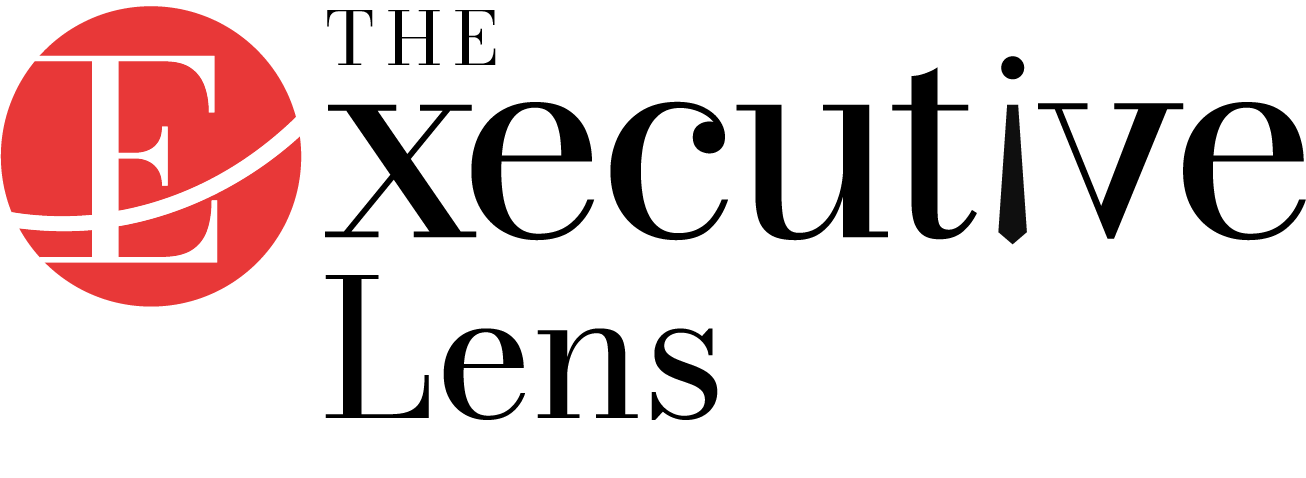Introduction:
Leadership is a dynamic and multifaceted role that requires a unique set of skills and qualities. As individuals step into leadership positions, they find themselves at the helm of teams, projects, and organizations. Successful leadership is not just about managing tasks; it involves inspiring and guiding others toward a common goal. In this article, we explore key aspects of effective leadership, from cultivating self-awareness to fostering a positive organizational culture.
The Foundations of Leadership: Self-Awareness and Emotional Intelligence
Effective leadership begins with self-awareness. Leaders who understand their strengths, weaknesses, and emotions can navigate challenges with grace. Emotional intelligence, encompassing self-awareness, self-regulation, motivation, empathy, and social skills, is a cornerstone of successful leadership. Leaders who master these aspects are better equipped to handle interpersonal dynamics and foster a positive work environment.
Visionary Leadership: Setting Clear Goals and Inspiring Others
A great leader has a vision for the future and the ability to communicate it effectively. Setting clear, achievable goals provides direction for the team, aligning their efforts toward a shared objective. Inspirational leaders not only articulate their vision but also motivate and empower others to contribute their best. By fostering a sense of purpose, visionary leaders create a collective drive toward success.
Adaptability: Leading in a Changing Landscape
In today’s fast-paced world, change is inevitable. Leaders must be adaptable, embracing innovation and guiding their teams through transitions. Adaptable leaders can navigate uncertainty, make informed decisions, and inspire confidence during challenging times. By fostering a culture of flexibility, leaders empower their teams to respond effectively to change, turning challenges into opportunities for growth.
Effective Communication: The Key to Collaboration
Communication is the backbone of leadership. Leaders must be skilled in conveying ideas, actively listening, and providing constructive feedback. Transparent communication builds trust and fosters a collaborative environment where team members feel valued and understood. Whether delivering a vision, addressing concerns, or celebrating successes, effective leaders communicate with clarity and empathy.
Building and Leading High-Performing Teams
Successful leaders recognize the importance of assembling and leading high-performing teams. This involves understanding team dynamics, leveraging individual strengths, and addressing weaknesses. By creating a culture of collaboration and accountability, leaders can enhance team productivity and achieve collective goals. Additionally, recognizing and celebrating team achievements reinforces a positive work culture.
Leading with Integrity: The Bedrock of Trust
Integrity is the foundation of trustworthy leadership. Leaders who operate with honesty, transparency, and ethical behavior build trust within their teams and organizations. Upholding a strong moral compass not only enhances the leader’s credibility but also sets a standard for ethical behavior throughout the organization. Trust is a valuable currency that, once earned, enhances collaboration and productivity.
Continuous Learning and Growth: The Leadership Journey
Leadership is a journey, not a destination. Successful leaders commit to continuous learning and personal development. By staying informed about industry trends, seeking feedback, and honing their skills, leaders can adapt to evolving challenges. Additionally, fostering a culture of learning within the organization encourages team members to embrace growth and contribute to the collective success.
Conclusion:
In the ever-evolving landscape of leadership, mastering these key aspects can empower individuals to become effective and inspirational leaders. By cultivating self-awareness, setting clear goals, adapting to change, communicating effectively, building high-performing teams, leading with integrity, and embracing continuous learning, leaders can navigate the complexities of their roles and foster environments where both individuals and organizations thrive.

